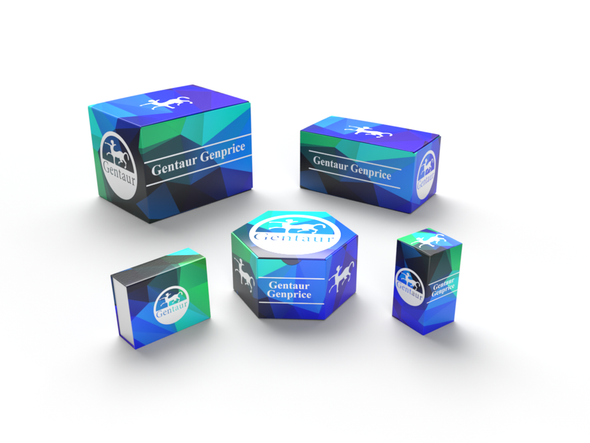26
FGF-acidic, Bovine Brain | P1589
- SKU:
- 26-P1589-GEN
- Availability:
- Usually shipped in 5 working days
Description
Acidic fibroblast growth factor is a member of the fibroblast growth factor (FGF) family. FGF family members possess broad mitogenic and cell survival activities, and are involved in a variety of biological processes, including embryonic development, cell growth, morphogenesis, tissue repair, tumor growth and invasion. This protein functions as a modifier of endothelial cell migration and proliferation, as well as an angiogenic factor. It acts as a mitogen for a variety of mesoderm- and neuroectoderm-derived cells in vitro, thus is thought to be involved in organogenesis. Three alternatively spliced variants encoding different isoforms have been described. The binding growth factors are angiogenic agents in vivo and are potent mitogens for a variety of cell types in vitro. There are differences in the tissue distribution and concentration of these 2 growth factors.
P1589 | FGF-acidic, Bovine Brain DataSheet
Biomolecule/Target :
Synonyms: HBGF-1, ECGF-beta, FIBP, FGFIBP, FIBP-1, ECGF, ECGFA, GLIO703, FGF1, FGF-a, Fibroblast Growth Factor Acidic
Alternates names: HBGF-1, ECGF-beta, FIBP, FGFIBP, FIBP-1, ECGF, ECGFA, GLIO703, FGF1, FGF-a, Fibroblast Growth Factor Acidic
Taglines: Plays an important role in the regulation of cell survival, cell division, angiogenesis, cell differentiation and cell migration.
NCBI Gene ID #: 281160
NCBI Gene Symbol: FGF1
Gene Source: Bovine
Accession #: P03968
Recombinant: FALSE
Source: Bovine brain
Purity by SDS-PAGE: >90%
Assay:
Purity:
Assay #2:
Endotoxin Level:
Activity (Specifications/test method): Stimulates growth of bovine capillary endothelial cells by 3-5 fold over 5% calf serum at 10-25ng/ml FGF.
Biological activity:
Results:
Binding Capacity:
Unit Definition:
Molecular Weight: FGF-1 contains a 17 kDa and a 20 kDa polypeptide chain. The 17 kDa peptide is derived from the 20 K peptide by restricted proteolysis.
Concentration:
Appearance: Lyophilized
Physical form description: Lyophilized from 0.5 ml solution containing 1 mM sodium phosphate, pH 7 after filtration over a low binding membrane.
Reconstitution Instructions: Reconstitute the lyophilized aFGF in sterile 50 mM Na2HPO4 pH-7, and 0.5% albumin. The Recommended concentration in cell culture: 1-20 ng/ml.
Amino acid sequence:
Handling: Centrifuge the vial prior to opening.
Usage: For Research Use Only! Not to be used in humans
Additional Information
Storage Temperature: |
-20°C |
Shipping: |
Gel Pack |
Shelf Life: |
12 months |






